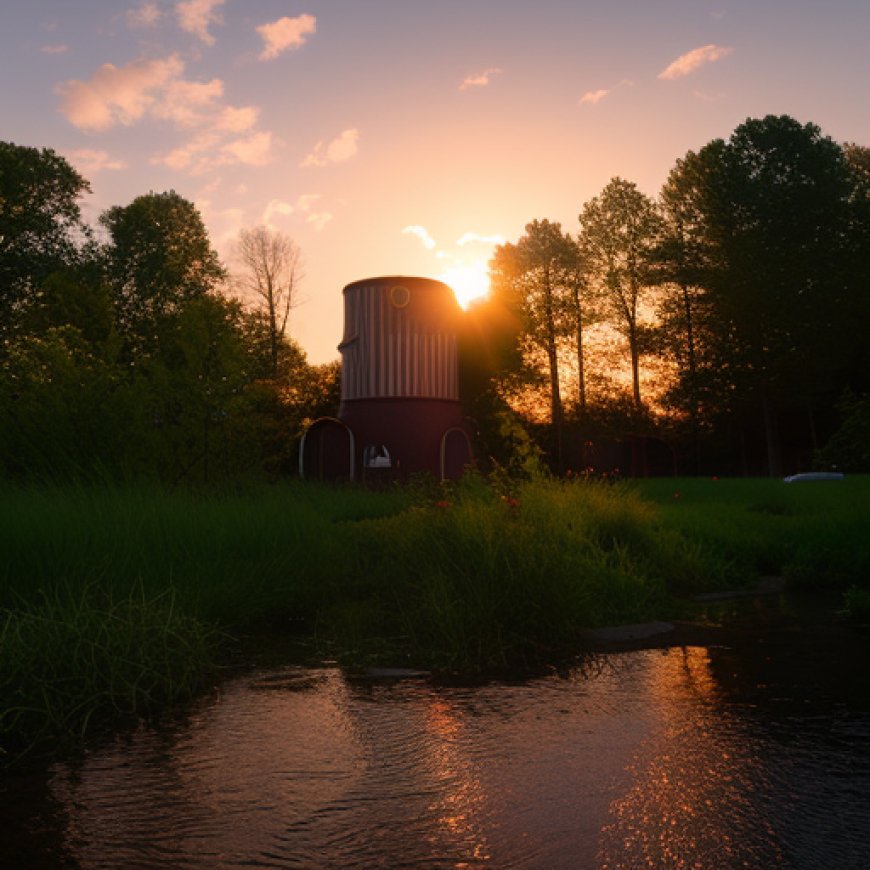Why is Ohio’s air quality bad today? Here’s why the heat wave is making it worse


Air Quality Alert in Ohio Due to Heat Wave
As Ohio continues to swelter under a heat wave this week, the extreme temperatures and high humidity are also making it hard for some to breathe.
- The air quality in Central Ohio and Southwest Ohio is bad today because of the heat wave.
- Hot temperatures encourage the formation of ground level ozone, a gas that can irritate people’s lungs and is the main component of smog.
- Wildfires are also a factor, as they spew carbon monoxide and particulate pollution into the atmosphere.
Heat Wave and Ground-Level Ozone
Hot temperatures encourage the formation of ground-level ozone, a gas that can irritate people’s lungs and is the main component of smog, according to NPR.
Wildfires and Air Quality
Droughts make forest fires more likely, which spew carbon monoxide and particulate pollution into the atmosphere. This can travel thousands of miles and hurt air quality, as reported by the University Corporation for Atmospheric Research.
Current Air Quality Index
On Thursday morning, AirNow.gov was showing moderate air quality in the Columbus area, with a value of 74 out of 500. Fine particulate matter, or PM2.5, is the primary pollutant. The site forecasted that it would worsen and become “unhealthy for sensitive groups.”
Air Quality in Cincinnati and Akron
In Cincinnati, the air quality is also moderate with a value of 68, but it is expected to become “unhealthy for sensitive groups” later today. In the Akron area, the air quality index is moderate with a value of 83, and it is forecasted to remain moderate through the weekend.
Air Quality Alert and Index
An air quality alert is issued when weather data and forecast information indicate that ozone or particulate matter may meet or exceed an air quality index of 101. The air quality index measures the amount of air pollution present, ranging from 0 to 500. It has six color-coded levels indicating the level of risk:
- Green: Good air quality, values from 0 to 50. Pollution poses little to no risk.
- Yellow: Moderate air quality, values from 51 to 100. Some risk to people unusually sensitive to pollution.
- Orange: Unhealthy for sensitive groups, values from 101 to 150. Members of sensitive groups may experience health effects.
- Red: Unhealthy, values from 151 to 200. The general public may experience health effects.
- Purple: Very unhealthy, values from 201 to 300. Increased risk for everyone.
- Maroon: Hazardous, values of 301 and above. Health warning for emergency conditions.
Ground-Level Ozone and Fine Particulate Matter
Ozone is a gas made up of three oxygen atoms. At ground level, it is the main ingredient of smog and a harmful pollutant. Fine particulate matter consists of particles that are less than 2.5 microns in diameter. Breathing unhealthy levels of PM2.5 can increase the risk of heart disease, asthma, and low birth weight.
Source: dispatch.com








